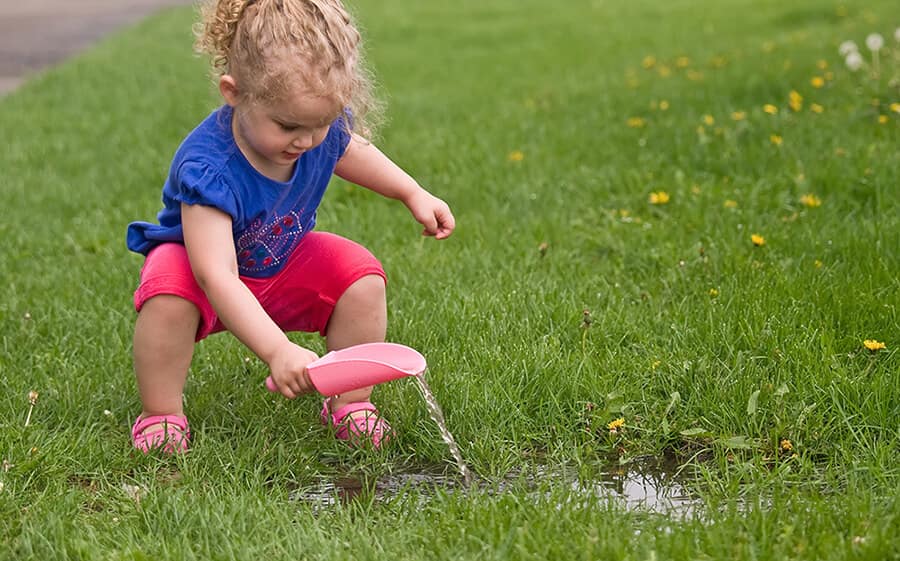The Six Most Common Sources of Water Leaks in Your Home: How to Identify and Address Them
The Six Most Common Sources of Water Leaks in Your Home: How to Identify and Address Them
Blog Article
What're your insights and beliefs about Most Common Causes of Leaky Pipes?

Leaks not only cause waste of water yet can additionally create unnecessary damages to your house and also promote undesirable organic growth. Unfortunately, water leakages could go undetected since the majority of the pipework in our home is hidden. By looking and recognizing for day-to-day circumstances that cause leakages, you can protect your residence from future leaks and unneeded damage. Today, we will consider 6 leak causes that might be triggering your pipes to trickle.
Trespassing origins
A lot of water leaks begin outside the house rather than inside it. You may see wet spots or sinkholes in your backyard, and that may indicate that tree origins are invading water lines triggering water to permeate out.
Corroded water systems
As time goes by, your plumbing system ages and also rust such as corrosion might start eating away the pipelines. This could be the cause of staining or bending on your water pipes. This requires an examination with your plumber instantly. If our plumbing system is old, take into consideration changing the pipes considering that they go to a greater risk of corrosion than the newer designs.
Faulty Pipeline Joints
The point at which your pipelines connect is frequently the weakest link in the waterline. Pipe joints can deteriorate over time, leading to water leakages. Regrettably, most of pipe joints are not quickly visible. If you have loud pipelines that make ticking or banging noises, particularly when the hot water is turned on, your pipe joints are possibly under a great deal of stress. It is a good idea to have your plumber examine your system once a year.
Instantaneous temperature level modifications.
Extreme temperature modifications in our pipes can trigger them to increase and also get all of a sudden. This expansion and contraction might create cracks in the pipes, particularly if the temperature are below freezing.
Poor Water Connectors
At times, a leak can be caused by loose hose pipes and also pipelines that supply your appliances. Typically, changing is what creates the loose water Connections. You may discover in the case of a cleaning machine, a hose may spring a leak due to drinking throughout the spin cycle. In case of a water connections leakage, you may observe water running directly from the supply line or pools around your appliances.
Obstructed Drains
Clogged drains pipes might be aggravating and inconveniencing, however they can in some cases wind up creating an overflow resulting in rupture pipelines. Keep eliminating any materials that may drop your drains pipes that could block them to stay clear of such inconveniences.
All the above are sources of leakages but not all water leaks arise from plumbing leakages; some leakages could come from roof covering leakages. All leaks ought to be repaired promptly to stay clear of water damage.
Leaks not only trigger waste of water yet can additionally cause unnecessary damage to your house and also advertise undesirable organic growth. By looking as well as recognizing for day-to-day situations that cause leaks, you can safeguard your residence from future leakages and unnecessary damage. Today, we will look at six leakage triggers that may be causing your pipelines to trickle.
At times, a leakage can be created by loosened pipes as well as pipes that provide your devices. In instance of a water links leak, you may discover water running directly from the supply line or pools around your home appliances.
How To Check For Water Leak In Your Home
How To Check for Leaks
The average household's leaks can account for nearly 10,000 gallons of water wasted every year and ten percent of homes have leaks that waste 90 gallons or more per day. Common types of leaks found in the home are worn toilet flappers, dripping faucets, and other leaking valves. These types of leaks are often easy to fix, requiring only a few tools and hardware that can pay for themselves in water savings. Fixing easily corrected household water leaks can save homeowners about 10 percent on their water bills.
To check for leaks in your home, you first need to determine whether you're wasting water and then identify the source of the leak. Here are some tips for finding leaks:
Take a look at your water usage during a colder month, such as January or February. If a family of four exceeds 12,000 gallons per month, there are serious leaks.
Check your water meter before and after a two-hour period when no water is being used. If the meter changes at all, you probably have a leak.
Identify toilet leaks by placing a drop of food coloring in the toilet tank. If any color shows up in the bowl after 10 minutes, you have a leak. (Be sure to flush immediately after the experiment to avoid staining the tank.)
Examine faucet gaskets and pipe fittings for any water on the outside of the pipe to check for surface leaks.
Undetected water leaks can happen without the home or business owner even realizing. If you suspect a water leak, but not able to find the source. It is time to contact a professional water leak detection service, The Leak Doctor.
How To Find a Water Leak In Your Home
https://www.leakdoctor.com/blog/How-To-Check-For-Water-Leak-In-Your-Home_AE197.html

I was guided to that article about How Fast Water Damage Can Ruin Your Home through an associate on our other website. Loved our post? Please share it. Let somebody else locate it. I take joy in reading our article about Common Water Leaks In House.
Click Here Report this page